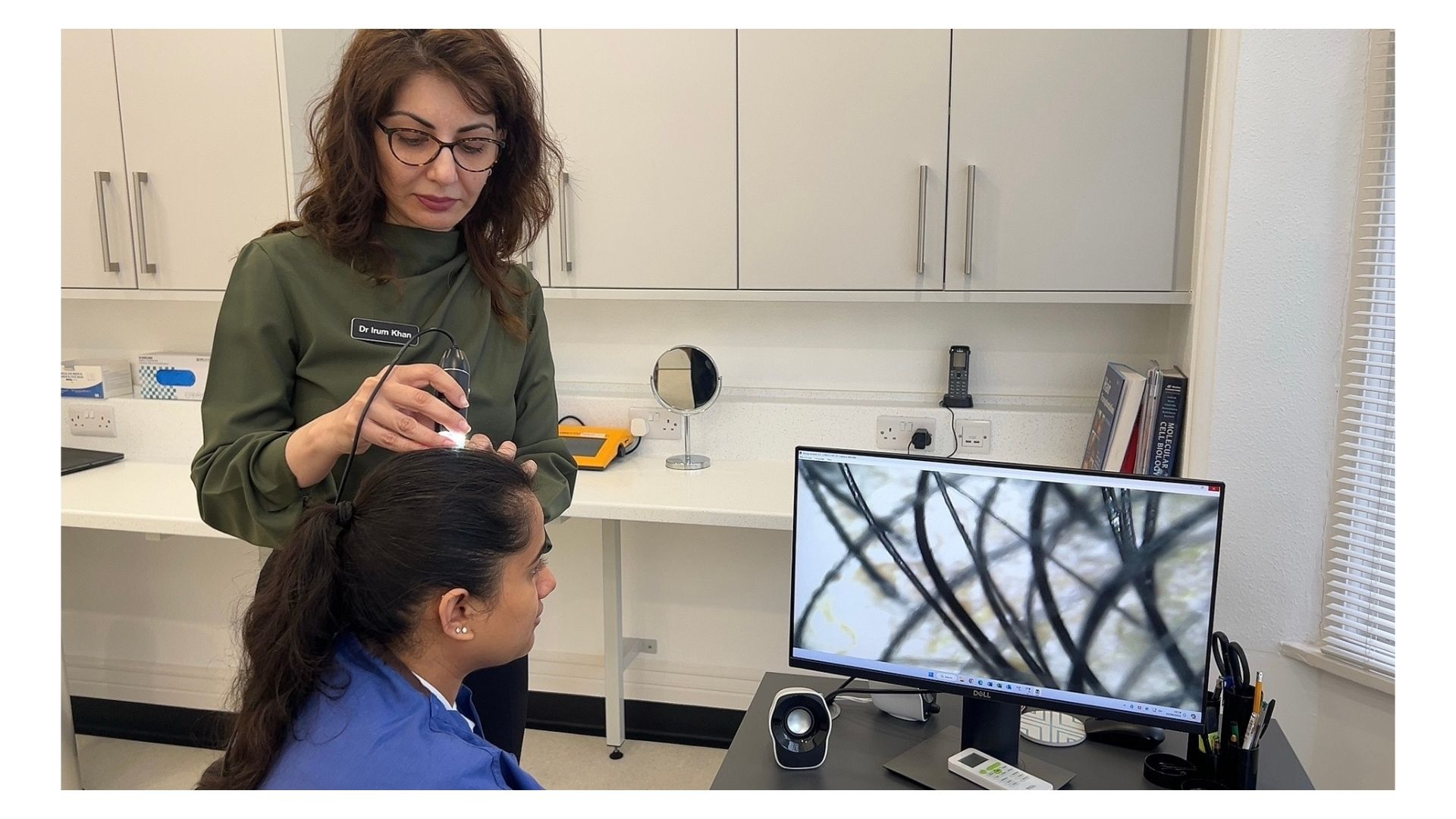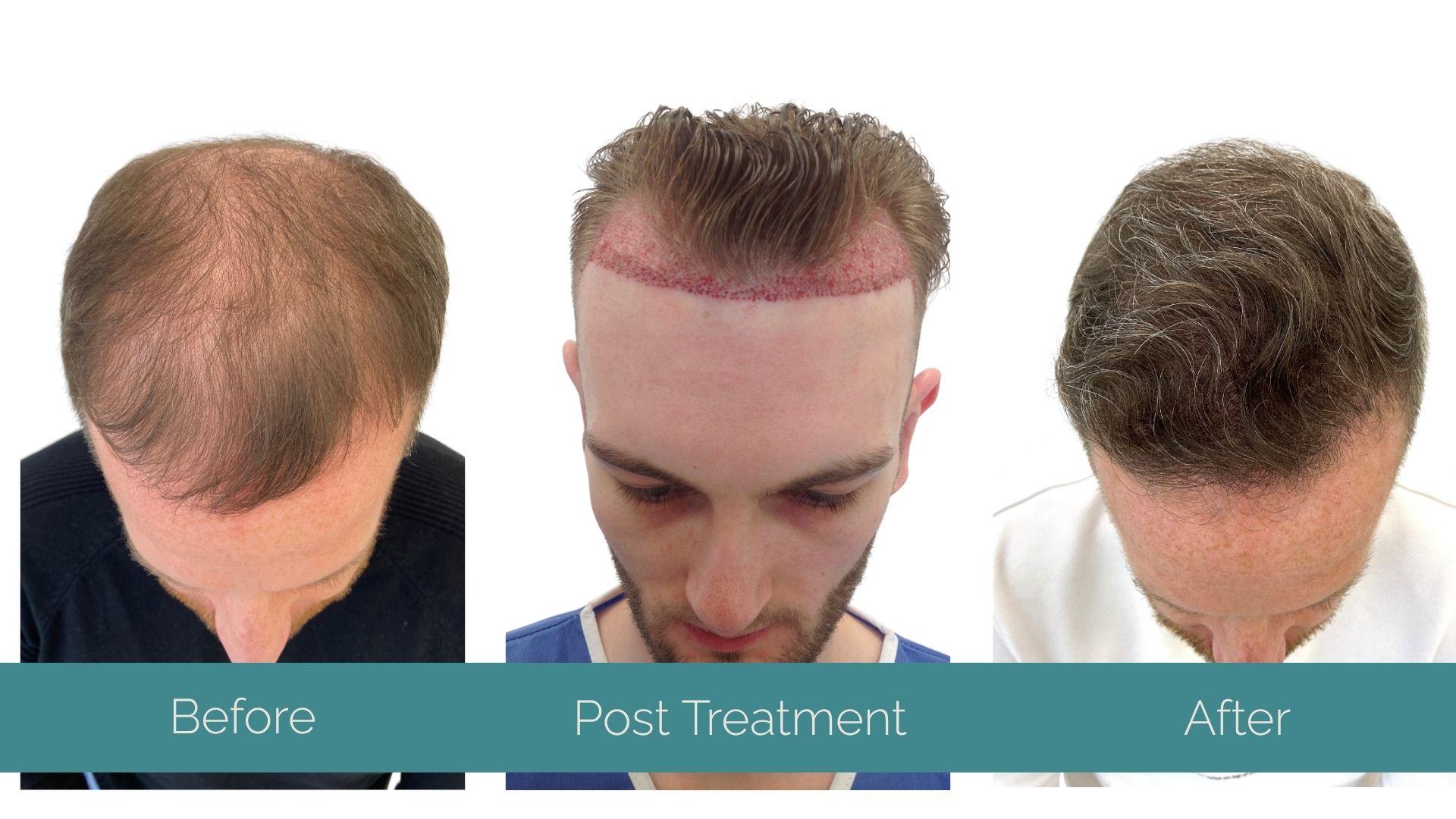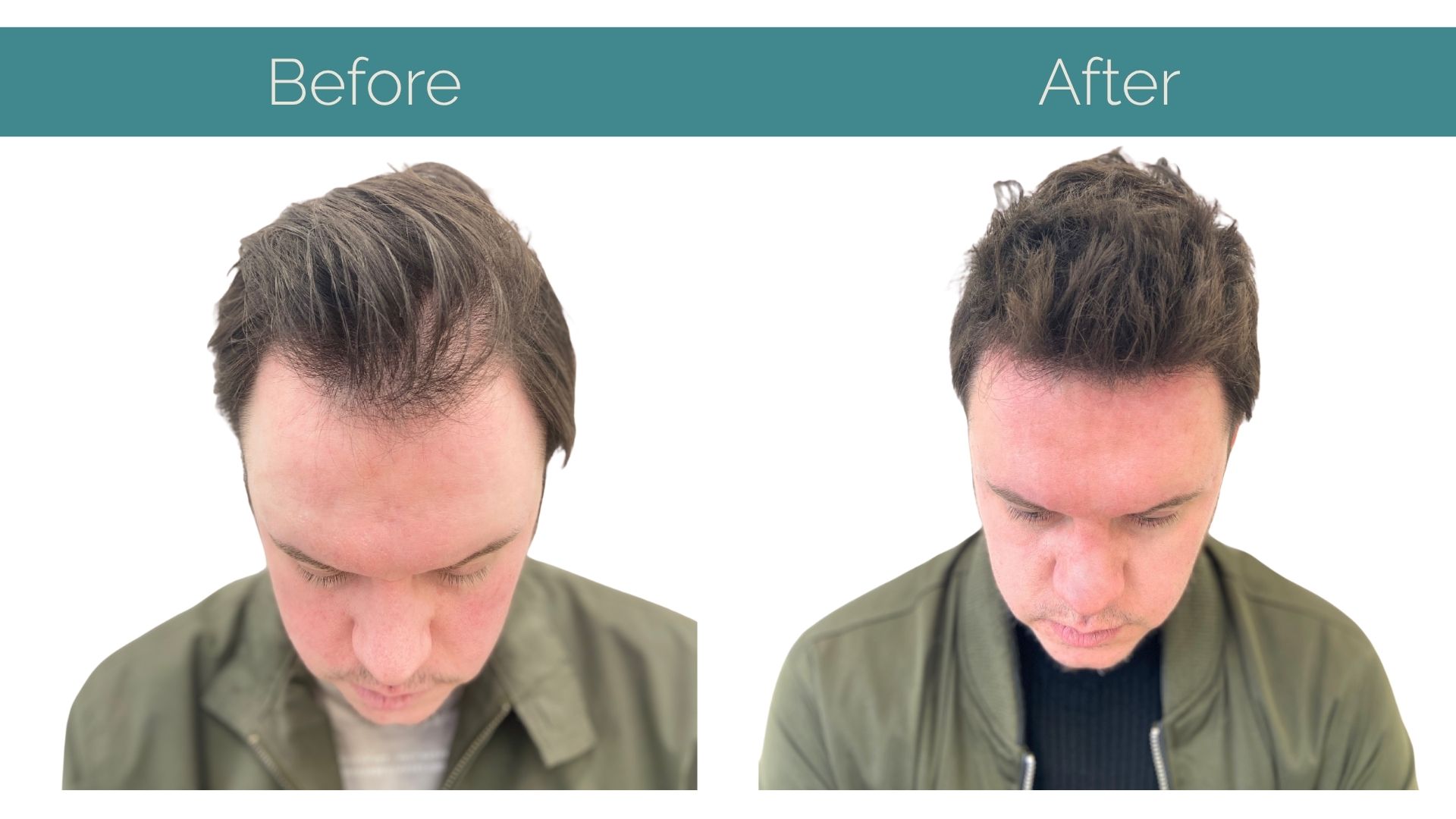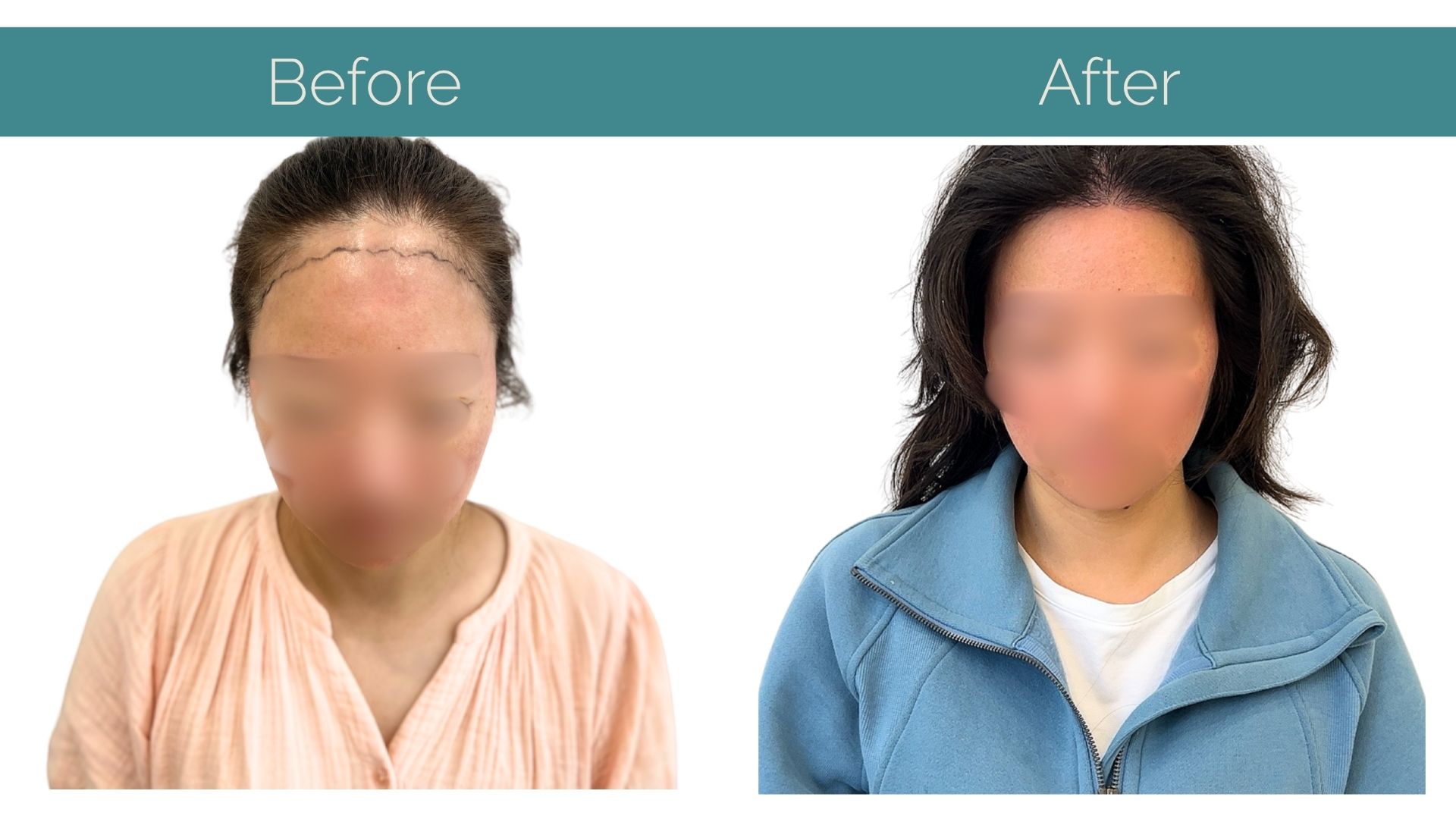Fast forward to today, and the industry has undergone a seismic shift. Thanks to cutting-edge science and a deeper understanding of why hair loss happens, we’re now entering an era where treatments are less invasive, more precise, and tailored to each individual.
From AI-driven robots to the tantalising promise of 3D-printed hair follicles, a wave of new technologies is poised to redefine what’s possible. Here’s a closer look at the innovations making headlines – and how they could reshape the future of hair restoration.
Robotics in the Operating Room
One of the most talked-about advances is robotic-assisted follicular unit extraction (FUE). Unlike traditional transplants that rely entirely on the surgeon’s steady hand, these AI-powered machines identify and extract hair follicles with microscopic precision.
The benefits? Greater accuracy, reduced human error, and faster procedures that leave patients with shorter recovery times.
For surgeons, it’s like swapping a scalpel for a laser-guided tool – the results are more consistent, and fatigue becomes a thing of the past. For patients, that means a more natural look and less time in the chair.
Stem Cells: Hair Growth at the Cellular Level
If robotics is about precision, stem cell therapy is about regeneration. The process involves harvesting stem cells – often from the patient’s own fat tissue – and injecting them into thinning or balding areas of the scalp.
These cells send a wake-up call to dormant follicles, encouraging them to start growing again.
Unlike a transplant, where hair is moved from one place to another, stem cell therapy works with what you’ve already got. Early results are promising, and because it’s minimally invasive, it appeals to those put off by the idea of surgery.

Exosome Therapy: The Messenger System
Hot on stem cells’ heels comes exosome therapy – a treatment that works by supercharging cell-to-cell communication.
Exosomes are tiny biological packages filled with growth factors and proteins. When introduced into the scalp, they deliver signals telling hair follicles to switch back into growth mode.
While it’s still a relatively new player, exosome therapy could prove especially effective for those in the early stages of hair thinning, helping to slow loss while thickening what’s already there.
PRP Gets a High-Tech Upgrade
Platelet-rich plasma (PRP) isn’t new – clinics have been using it for years to stimulate hair regrowth by injecting the patient’s own growth-factor-rich plasma into the scalp. What is new, however, are the tools and techniques for delivering it.
Advanced injection systems now allow for pinpoint accuracy, ensuring even distribution and more consistent results. It’s still a natural, non-surgical option, but one that’s becoming more efficient and less uncomfortable, with faster visible improvements.
Laser Therapy Goes Portable
Low-level laser therapy (LLLT) has been around long enough to prove its worth in stimulating hair growth.
But until recently, it was mostly confined to clinics. The latest generation of devices is changing that, offering lightweight, wearable models that patients can use at home – some even track your progress in real time.
By making it possible to stick to a treatment schedule without multiple clinic visits, these devices are putting control directly in the hands of the patient.

Genetic Testing for Personalised Plans
Hair loss can be influenced by dozens of genetic factors – and knowing which ones are at play can dramatically improve treatment outcomes.
Today, DNA analysis allows practitioners to create highly targeted, personalised plans that tackle the root cause, whether that’s androgenetic alopecia, hormonal shifts, or other hereditary influences.
This kind of precision medicine not only makes treatments more effective, it also helps set realistic expectations from the start.
3D Printing: The Next Frontier
While it may sound like science fiction, researchers are working on 3D-printing fully functional hair follicles. If successful, this could eliminate one of the biggest limitations of traditional transplants – the need for donor hair.
For patients with advanced baldness, that’s a game-changer. Although we’re still years away from seeing it in clinics, the potential impact is enormous.
Changing the Industry from the Inside Out
These technologies aren’t just improving results – they’re reshaping the entire patient experience.
Minimally invasive therapies like stem cells and exosomes make hair restoration accessible to those who would have avoided surgery, while portable devices and home-based care create new levels of convenience.
Clinics are also benefiting, with AI tools and genetic testing enabling more accurate diagnoses and better long-term planning. And as options expand, the stigma around hair restoration is shrinking, replaced by a growing curiosity about what’s possible.

The Bottom Line
From the steady hand of a robot to the regenerative power of stem cells, the future of hair restoration is bright – and personal. These emerging technologies promise not just better hair, but better experiences for the people seeking it.
For anyone considering treatment, the next few years could bring unprecedented choice, precision, and results. In other words: the future is looking very full indeed.
About IK Clinics
At IK Clinics, we are proud to stay at the forefront of global hair restoration trends, offering a variety of advanced techniques to meet the diverse needs of our clients. From FUE, PRP to Stem Cell Therapy, we ensure that every client’s treatment is tailored to their personal goals, helping them regain not just their hair but also their confidence.
Interestingly, we don’t just stop at hair restoration treatments, our highly skilled team also offers a range of anti-aging treatments.


